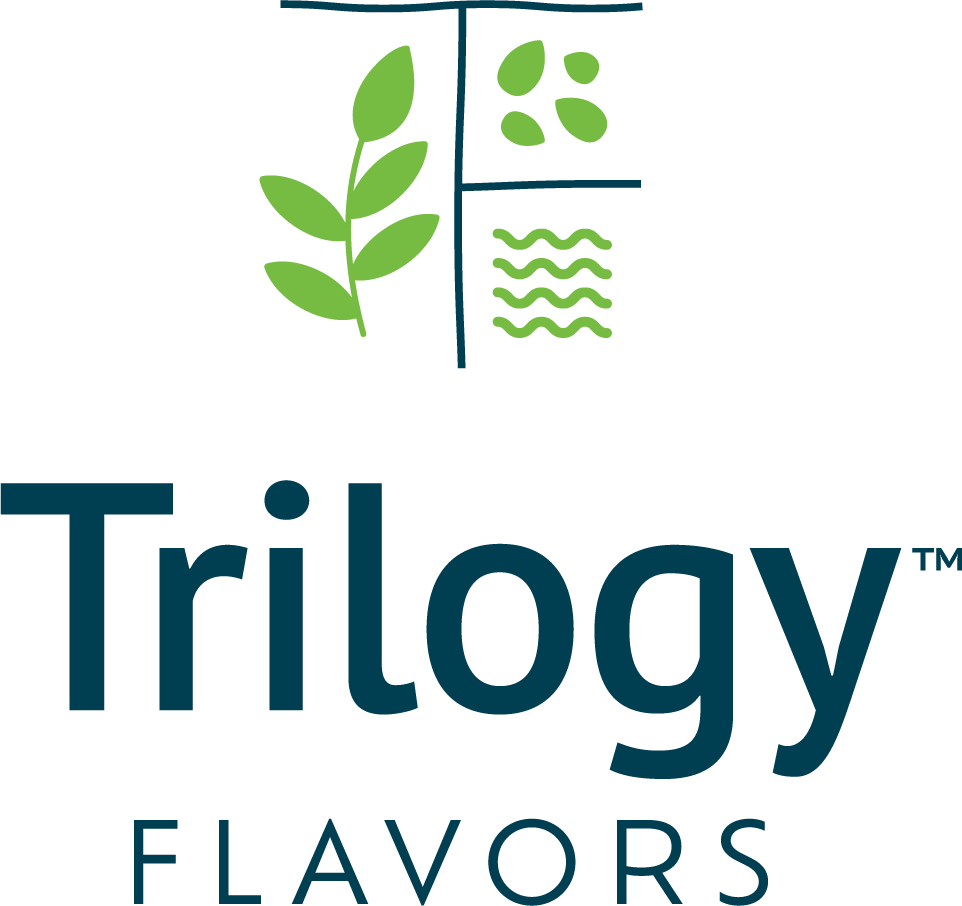Introduction
Food and beverages fortified with functional ingredients are experiencing increased demand as consumers want products that target specific health needs. The current global pandemic has accelerated demand for such products. Functional Ingredients are ingredients that may provide health benefits outside of the basic nutrition inherent in the starting material. Examples of functional ingredients include, but are not limited to vitamins, fibers, probiotics, omega-3s (fatty acids), proteins, antioxidants, minerals, and nootropics. To some, this may sound like a niche trend, but the market data suggests that it is anything but. According to Grand View Research, the global functional ingredients market size was valued at 64.13 billion in 2019. From 2020-2027, it is projected to grow at a compound annual growth rate (CAGR) of 6.4%. This estimate concludes with a forecasted revenue for 2027 of 105.64 billion. While these ingredients can be a great way to improve overall nutrition, many functional ingredients come with the challenge of off-notes such as bitterness. However, as discussed in our “Ask the Expert” blog, with the help of a skilled flavorist, these off-notes can be masked with flavors. In this blog, we explore consumer demand for such products, especially in a post-pandemic world.
Top Health Concerns to be Addressed with Functional Ingredients
Below are five trending areas of focus for people who are looking to take greater control over their health with the food and beverages that they consume (Mintel). There is a trendline across the five areas that suggests that American consumers are looking for ways to not only address their physical health, but also their mental health.
- Energy – The current “always-on” technology-fueled information age has put more pressure on consumers than ever before. Traditional energy drinks have used caffeine to suppress fatigue, but the modern consumer is demanding more from energy-boosting products. Increased energy is no longer enough. A bigger picture focus on productivity has taken center stage.
- Stress & Anxiety – It is well documented that stress takes a toll on the body’s immune system, which leaves it more susceptible to illness. Brands can explore formulations that address stress and anxiety, while also supporting cognitive and energy-related benefits. Such products could appeal to professionals, students, athletes, and gamers to help them boost performance and mood. This especially applies to mothers: 54% of US women with a child under the age of 18 would wish to be stress-free if a genie could grant them three wishes.
- Gut Health — In the 12 months preceding June 2020, 7 out of every 10 US adults experienced gastrointestinal/digestive concerns. 46% of US adults believe that having a healthy gut is important, and 36% of US adults manage their digestive health through their diet. All these statistics point to the fact that Americans are learning about the ramifications of poor gut health on the rest of the body and mind. Functional ingredients like collagen and active probiotic bacteria can be added to products to address these concerns. Both probiotics and prebiotics have varying tastes depending on the strain of bacteria that is being used. Therefore, it is important to communicate this information with one’s flavor developer. Collagen, on the other hand, is tasteless which presents an opportunity to use a wide range of flavors.
- Brain Function – Many scientists believe that the neurotransmitters in the brain (such as serotonin and dopamine) that influence the way that we feel and think can be influenced by food. This coincides with the fact that there is growing consumer interest in products which boost brain function as consumers seek to thrive in a more mentally taxing world. 31% of US energy drink users would be motivated to buy an energy drink which promotes brain health. The most used nootropic has been caffeine, but many new functional ingredients, like L-Theanine, are being used to enhance memory or creativity. Unlike caffeine, which is known to have a bitter taste, pure L-Theanine, has been reported to have a mild, umami-like taste (National Library of Medicine). The flavor differences between these two ingredients highlights the need to work with a skilled flavorist to develop the ideal flavor for your product.
- Sleep — A lack of sleep can have a negative impact on the body’s immune system, leaving it susceptible to illness. Therefore, consumers may look to products fortified with ingredients that may enhance the quality and quantity of sleep. Traditionally, products that increase energy levels, and arguably negatively impact sleep, have dominated the beverage space. Brands can take advantage of the desire for better sleep by including functional ingredients like Melatonin and L-Tryptophan to their products. Both Melatonin and L-Tryptophan have varying degrees of bitterness, which can be masked with flavors (US National Library of Medicine, National Institutes of Health).
Historical Context
Although this trend is not new, it has seen a resurgence in recent years. For thousands of years, specific botanicals have been thought to possess nutritional properties to aid human health. One can look to Traditional Chinese Medicine, or “TCM”, as a prime example. In modern times, research into the chemicals that make up these plants has progressed, which has allowed for the identification and duplication of such benefits. Some examples of these botanicals include St. Johns Wort, Ginseng, and Garlic.
What is the Trend
A growing number of consumers are taking a more proactive approach to their health and wellness by turning to food, rather than supplements or medicine. 77% of US consumers who use vitamins, minerals, or supplements agree that ingredients from fruits and vegetables are more effective. A similar survey found that 79% of U.S. adults would prefer to get probiotics from their food rather than a pill. This trend has given rise to nutraceuticals, or foods and beverages with added functional ingredients. This consumer sentiment presents an opportunity for manufacturers of food and beverage products with functional ingredients. Consumers are signaling that they want products that will improve their health, and developers of such products can reciprocate with innovative, better-tasting options. To many, health benefits, no matter how beneficial, may be overshadowed by an unpleasant flavor. Taste is still the defining factor behind consumer behavior in the U.S. and must be addressed in order to stand out in a competitive market.
Pandemic-Related Considerations
It is no secret that the pandemic has drastically impacted the way that people eat and drink. It has highlighted the need to pay greater attention to one’s health, and to seek ways to protect and preserve good health in the long term through diet. According to research firm Mintel, in the United States, 37% of respondents to a survey agreed that they have put a higher priority on eating healthy since the COVID-19 outbreak. In a post-pandemic world, consumers who are seeking wellness-related food and beverage products could be drawn to dual-benefit formulations. For example, products that pair immune-boosting with stress-relieving ingredients would be attractive to those that have hectic modern lifestyles. As discussed above, ingredients that increase productivity could also be targeted at consumers who are working remotely and/or essential workers who may feel fatigued during this stressful time.
Global Reach
APAC- While North America accounted for 30.1% of global volume in 2019, the Asia Pacific region is projected to witness the fastest growth in the market over the forecasted range of time. This is partly due to strong government policies in the large agricultural space that supports functional foods and attract investment. Other drivers of growth include burgeoning populations and rising levels of disposable income that have led to an increased consumption of processed foods. Lastly, as developing economies progress, the consumer base is becoming more aware and focused on health and fitness.
This opens the door to different flavor possibilities. For example, in the USA, dessert flavors like chocolate and vanilla have traditionally been used to flavor protein products. In China, corn and peanut are some of the current go-to flavors. Region-specific knowledge regarding taste preferences is imperative to developing a successful product.
Conclusion
The functional food and beverage product industry is continually evolving, and the quality of ingredients and technologies is improving. Awareness and concern for health has increased amongst the average consumer, which has prompted the food and beverage industry to invest in new R&D initiatives. The protein industry is an appropriate example of this. Over the last five years, the shelf life and flavor profiles of animal and plant proteins have dramatically improved. This is due to the advancement of protein technology and the understanding of flavor masking, which is discussed in Peter Wasko’s Ask the Expert blog. When developing products with functional ingredients, it is invaluable to work with an experienced flavor company, like Trilogy Flavors.
As health becomes more of a concern for Americans, demand for high-quality and good-tasting nutritional products is expected to increase. . Brands can gain market share by making clear and concise claims about the superior taste and functional benefits of their products.
Source: Mintel Food and Drink Platform






